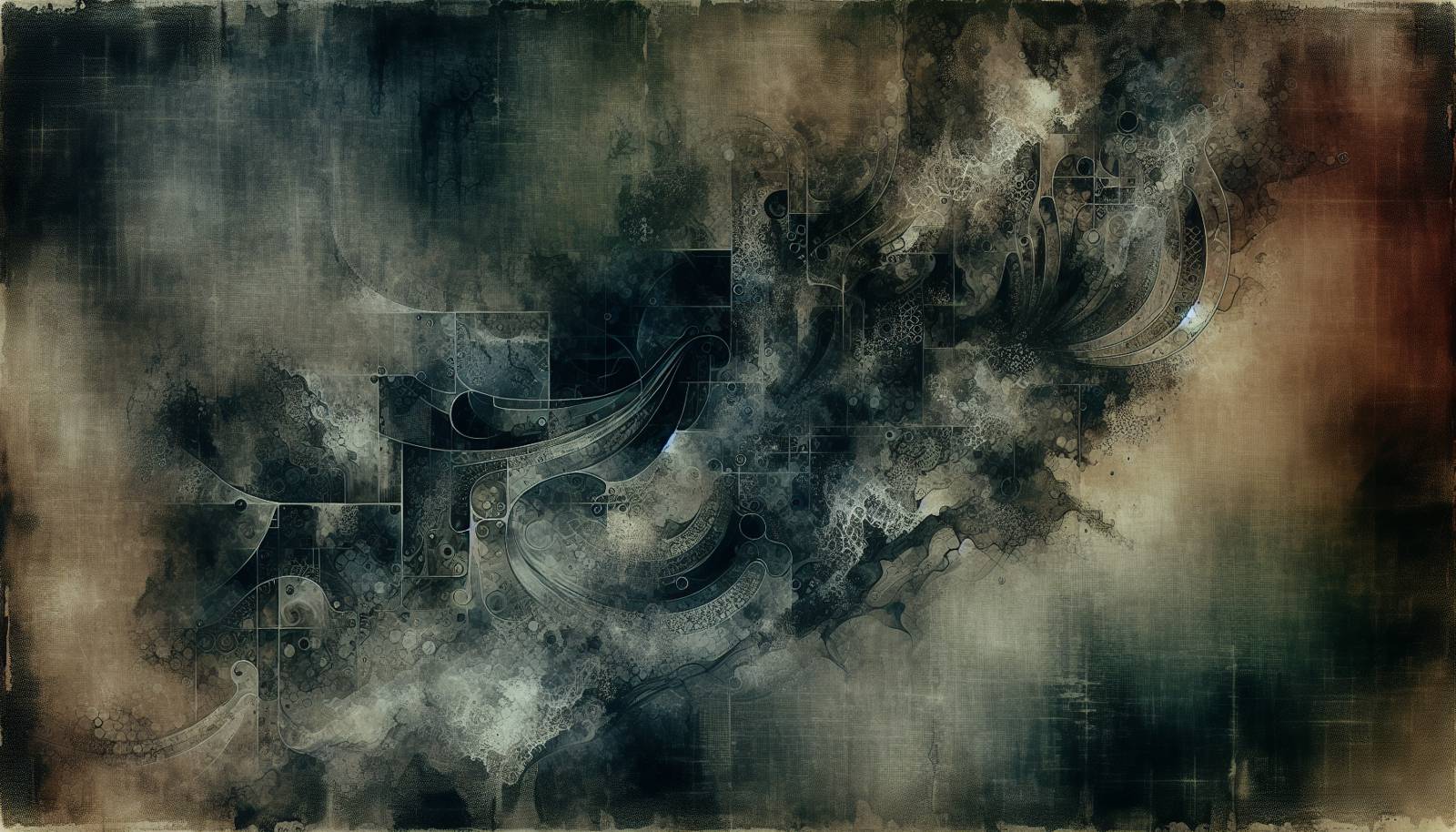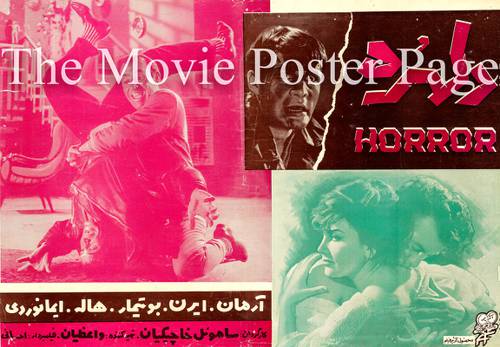
FAQ About The Influence of Indie Horror Films on Genre Innovation

What are indie horror films?
Indie horror films are horror movies produced outside the major film studio system, often with a lower budget and more creative freedom for the filmmakers. These films are characterized by resourcefulness and innovative storytelling techniques due to limited financial resources.

How have indie horror films influenced traditional horror storytelling?
Indie horror films have significantly influenced traditional horror storytelling by introducing unconventional narratives, unique character development, and innovative plot structures. This creative flexibility allows for experimentation with new themes, character perspectives, and non-linear storylines, pushing the boundaries of the genre.

What are some examples of successful indie horror films?
Some successful indie horror films include "The Blair Witch Project" (1999), "Paranormal Activity" (2007), "It Follows" (2014), and "Hereditary" (2018). These films were made with relatively small budgets but achieved critical acclaim and commercial success, often influencing mainstream horror trends.

Why do indie horror films often become cult classics?
Indie horror films often become cult classics because they offer fresh and original perspectives that resonate with specific audiences. The unique storytelling and innovative approaches often result in dedicated fanbases that support and promote these films, propelling them to cult status over time.

How do indie horror films impact subgenre innovation?
Indie horror films often pioneer new subgenres by exploring unconventional themes and experimenting with form and style. This includes the creation of subgenres like found footage, psychological horror, and supernatural thrillers, which have become staples in the broader horror landscape.

What role does budget play in the creation of indie horror films?
The limited budget of indie horror films necessitates creativity and innovation, often leading to unique special effects, the use of practical effects over CGI, and inventive storytelling to compensate for financial constraints. This can result in a raw and authentic feel that resonates with audiences.

How does the aesthetic style of indie horror films differ from mainstream horror films?
Indie horror films often possess a distinct aesthetic style characterized by minimalistic production design, use of natural lighting, and handheld camera techniques. These choices enhance the atmospheric and immersive qualities of the film, contrasting with the often polished look of mainstream horror productions.

What storytelling techniques are commonly used in indie horror films?
Common storytelling techniques in indie horror films include non-linear narratives, the unreliable narrator, and the use of ambiguous endings. These techniques allow filmmakers to maintain suspense and engage the audience in a way that encourages active interpretation and discussion.

Can indie horror films influence mainstream horror films?
Yes, indie horror films can significantly influence mainstream horror films. The innovative ideas and successful techniques pioneered by indie filmmakers are often adopted by bigger studios, leading to a crossover of creative concepts and revitalizing the horror genre as a whole.

How have indie horror films shaped the perception of horror as a genre?
Indie horror films have broadened the perception of horror by showcasing its potential for deep psychological and societal commentary. These films often address complex themes such as identity, trauma, and cultural fears, demonstrating the genre's capability to transcend simple scare tactics.

Why do filmmakers choose to produce indie horror films?
Filmmakers often choose to produce indie horror films for greater creative control and the opportunity to explore unconventional ideas without studio interference. This freedom allows them to push boundaries, experiment with new concepts, and create innovative content that might not fit the typical studio mold.

What technological advancements have aided the rise of indie horror films?
Technological advancements, such as digital cameras and affordable editing software, have made it easier to produce high-quality indie horror films with limited budgets. These technologies enable filmmakers to focus on creativity and experimentation, facilitating the production and distribution of indie projects.

What challenges do indie horror filmmakers face?
Indie horror filmmakers often face challenges such as limited budgets, difficulties in securing distribution, and competition from larger studio films. Additionally, they must find creative solutions to technical issues and rely heavily on grassroots marketing to build an audience.

How do indie horror films typically reach audiences?
Indie horror films often reach audiences through film festivals, online streaming platforms, social media promotion, and word-of-mouth. These avenues allow filmmakers to connect directly with fans and build a supportive community that can propel the film to wider recognition.

What is the role of film festivals in the success of indie horror films?
Film festivals play a crucial role in the success of indie horror films by providing a platform for filmmakers to showcase their work to audiences and industry professionals. Festivals can lead to distribution deals, increased visibility, and critical acclaim, helping to propel indie horror films into the public eye.

How do audience expectations differ for indie horror films compared to mainstream ones?
Audiences often approach indie horror films with expectations of originality, unpredictability, and fresh perspectives. In contrast, mainstream horror films might be expected to deliver polished production values and formulaic storylines. Indie films attract viewers looking for novel experiences and boundary-pushing content.

Are there certain themes more prevalent in indie horror films?
Indie horror films often explore themes such as existentialism, mental illness, and societal anxieties. These films frequently delve into psychological horror and narratives that challenge the status quo, allowing filmmakers to address contemporary issues through a horror lens.

What influence did "The Blair Witch Project" have on indie horror filmmaking?
"The Blair Witch Project" had a profound influence on indie horror filmmaking by popularizing the found footage style and demonstrating the power of viral marketing. Its success showed that a low-budget film could achieve significant commercial and cultural impact, inspiring a wave of similar indie projects.

How do indie horror films explore psychological themes?
Indie horror films often delve into psychological themes by focusing on character-driven narratives and exploring the human psyche. They frequently incorporate elements such as paranoia, fear of the unknown, and mental instability, offering a deeper and more introspective kind of horror.

In what ways have indie horror films contributed to the horror genre's evolution?
Indie horror films have contributed to the horror genre's evolution by pushing creative boundaries, challenging traditional narrative structures, and fostering new subgenres. Their focus on innovative storytelling and unique aesthetics has expanded the possibilities within the genre, inspiring both filmmakers and audiences alike.
